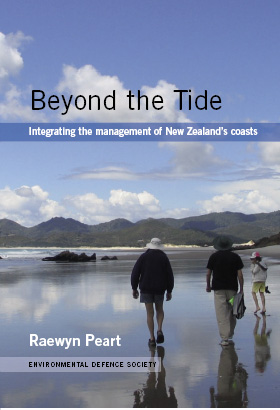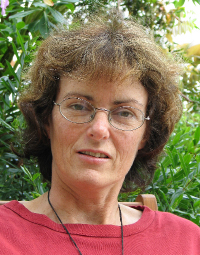Case for coastal collaboration above and beyond

Enjoying the Attention: The Mahurangi is the recipient of a good amount of the attention in a major project on the need for integrated management of coastal areas.
My suggestion for the group’s name was Mahurangi Environmental Defence Society.
When we were establishing Friends of the Mahurangi, in 1974, the Environmental Defence Society was the organisation I most wanted ours to emulate.
That name didn’t get traction and nor did John Male’s ‘Guardians of the Mahurangi’—cooler heads believing both to be unnecessarily confrontational. For a time, it seemed as if the inaugural meeting was going to be entirely occupied choosing a name. It was Wilfred J D Allan who offered ‘Friends of the Mahurangi’, citing Friends of the Thames. It is intriguing to speculate to what extent the impressive Thames Landscape Strategy with its strategy of a 100-year blueprint for the Thames, and its Friends of the Thames Group, might have has its origins in that society.
Ian Cowper was active in the Environmental Defence Society and represented those of us who were oyster farming in 1975, in our campaign to exclude wastewater effluent from the Mahurangi River. When I was relayed an email from Raewyn Peart in June last year, I had long since lost touch with the work that the Environmental Defence Society was doing.
I am currently undertaking interviews for the EDS project on regional marine governance including the Hauraki Gulf. I would like, if possible, to interview a community representative involved in the Mahurangi Action Plan.
The project, it was explained, followed the successful project undertaken by the Environmental Defence Society and Conservation International that resulted in the publication Looking Out to Sea: New Zealand as a model for ocean governance.
Beyond the Tide: Integrating the management of New Zealand’s coasts features a number of case studies. One is titled Reducing Sedimentation and, as you might expect, involves the Mahurangi Harbour—it also involves the Okura Estuary.
The researcher asked questions, which were indeed searching, about the degree of integrated management apparent in the Mahurangi Action Plan. Respondent 29, for those of you who read Beyond the Tide, is Cimino Cole. The comments were made with more than a little trepidation, out of concern that Friends of the Mahurangi might appear the ingrate. However, when later reading a draft, I was very relieved that the careful prefacing of my criticism—which concerned the lack of any discussion of a long-term strategy—had been retained; that it was clear that the action plan was strongly supported and deeply appreciated. Given the current exploration of options for a ‘where to from here’, I suggest that the Auckland Regional Council has every reason to feel comfortable with the thrust of, and recommendations made in, Beyond the Tide.

Daughter of the Gulf: Raewyn Peart’s childhood was one of total immersion in all things the are the Hauraki Gulf; her life’s work a kind of payback for that privilege. image Environmental Defence Society
Raewyn Peart, a qualified lawyer, is an Environmental Defence Society senior policy analyst and also operates the consultancy business Firm Ground. Raewyn has published widely on landscape protection and coastal management issues; she is one of a select group of people that I would recommend we employ fulltime when Mahurangi Incorporated receives its first million-dollar bequest… But of course that would be to miss the point; the strategy of the Environmental Defence Society is to create the resources for organisations like Friends of the Mahurangi to use: ‘wholesaling environmental advice to local groups to retail in their area’—including the indispensable, online Guide to the Resource Management Act 1991.
The geographical scope of the report, which has been published in a soft cover book format and includes illustrations, maps and tables, is of the Hauraki Gulf and Kaipara Harbour. The Mahurangi receives considerable focus and the harbour’s marine farming entity Biomarine Limited features regarding its, now successful, bid to establish a major presence in the Kaipara.
The book is to be launched on 30 October, hosted by the Auckland Regional Council.
Friends of the Mahurangi is invited.
Beyond the Tide: Integrating the management of New Zealand’s coasts (2007)
Raewyn Peart, 286 pages, published by the Environmental Defence Society
